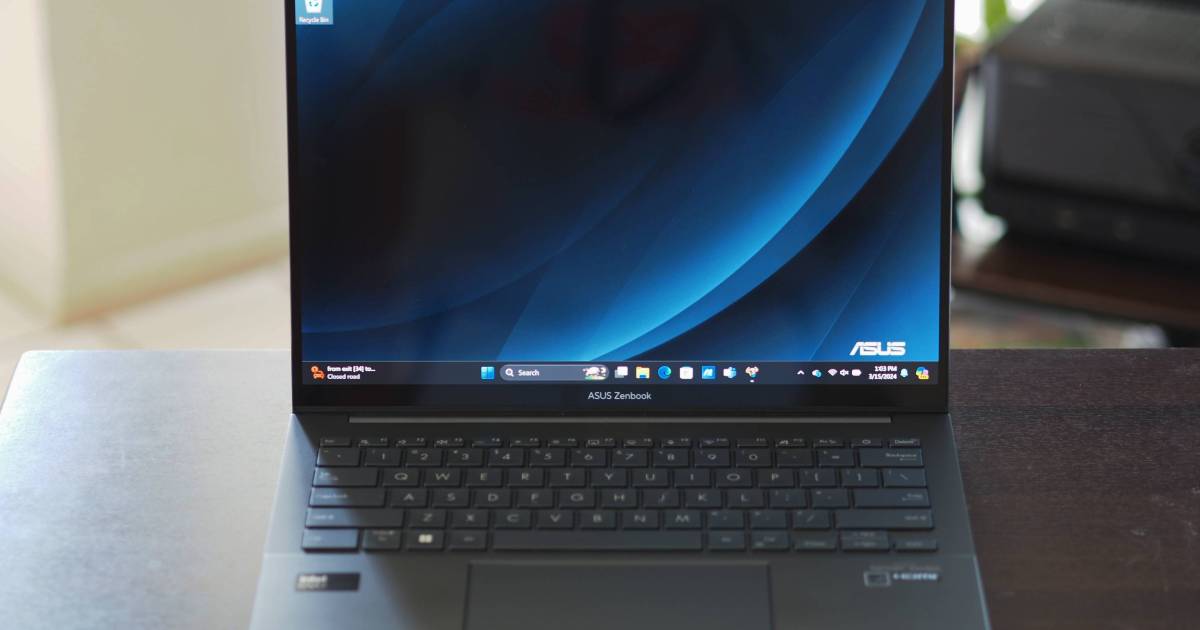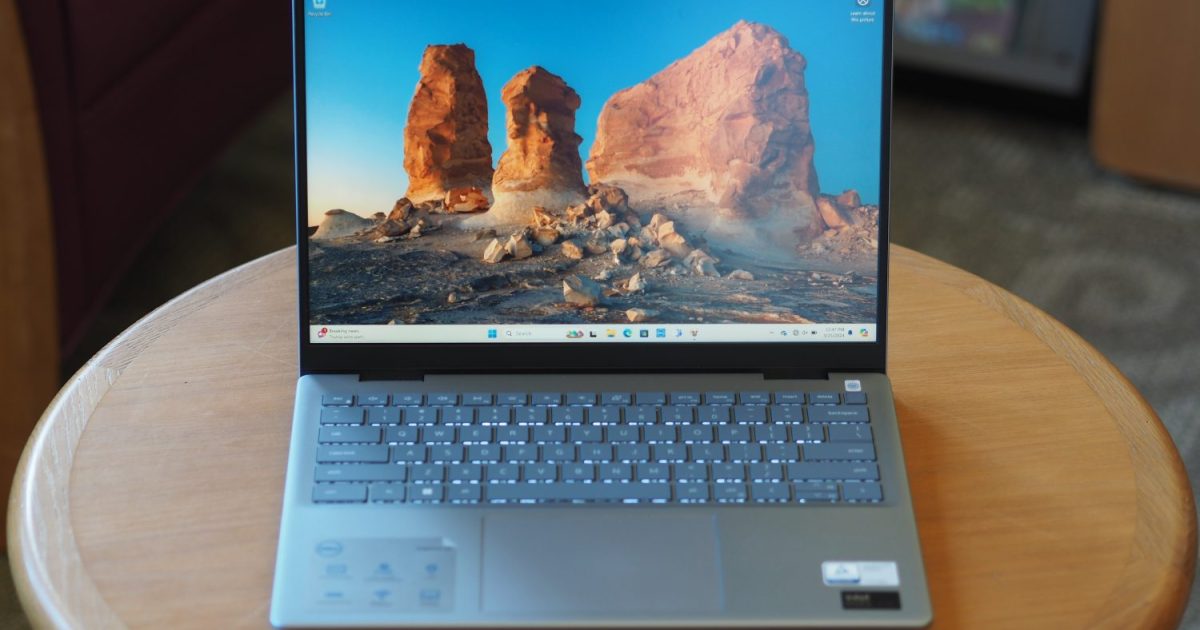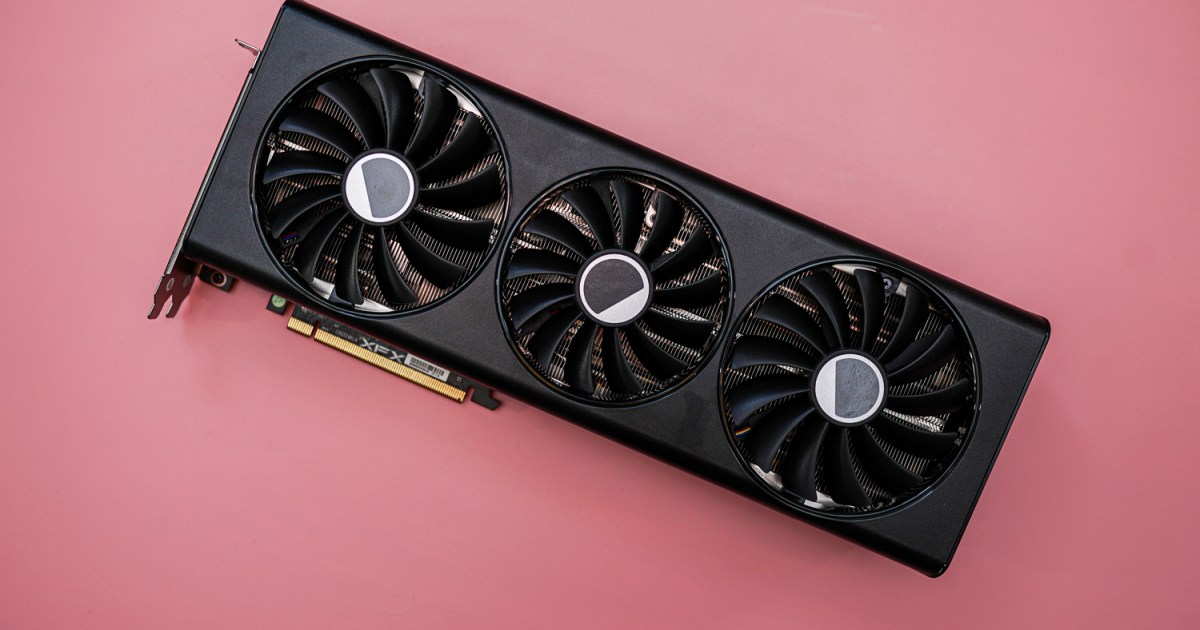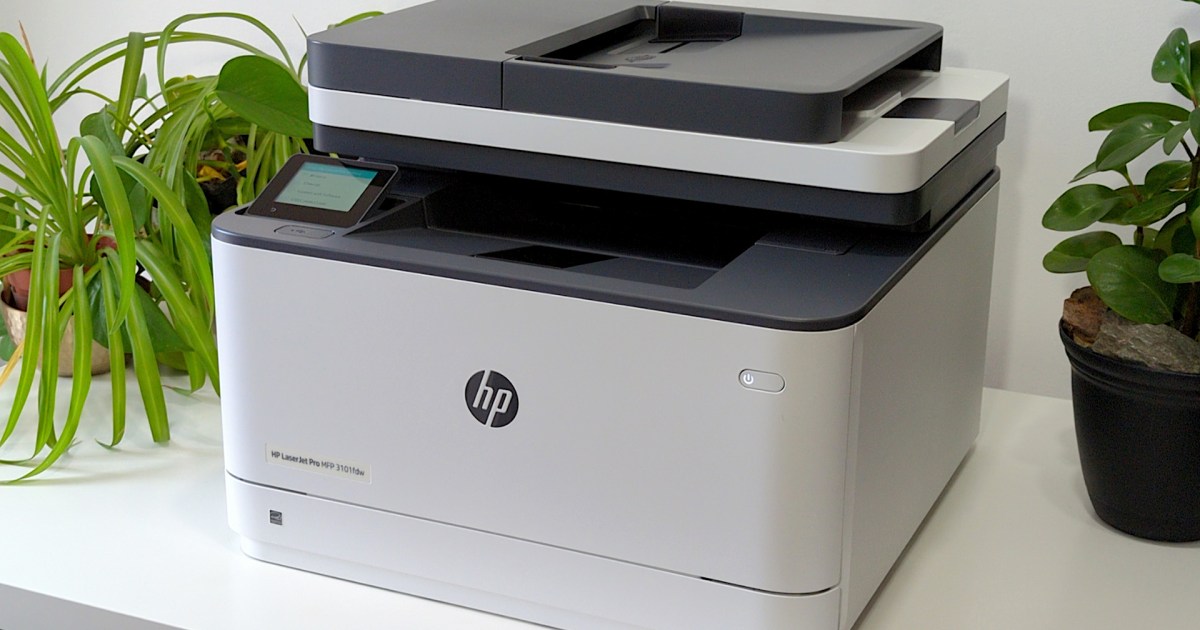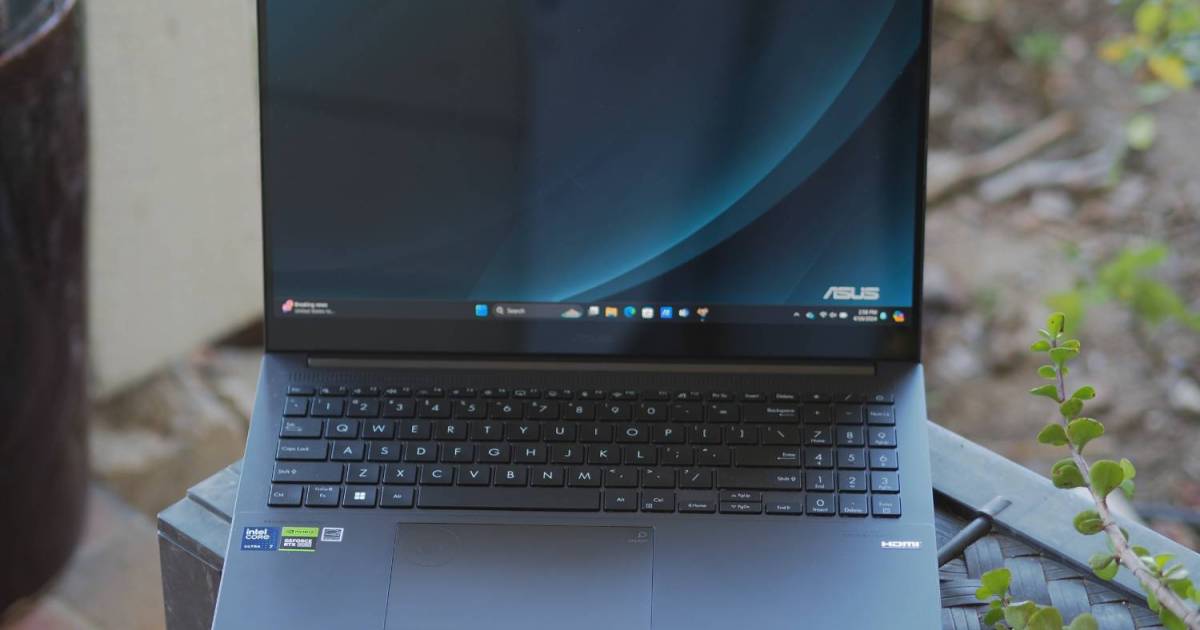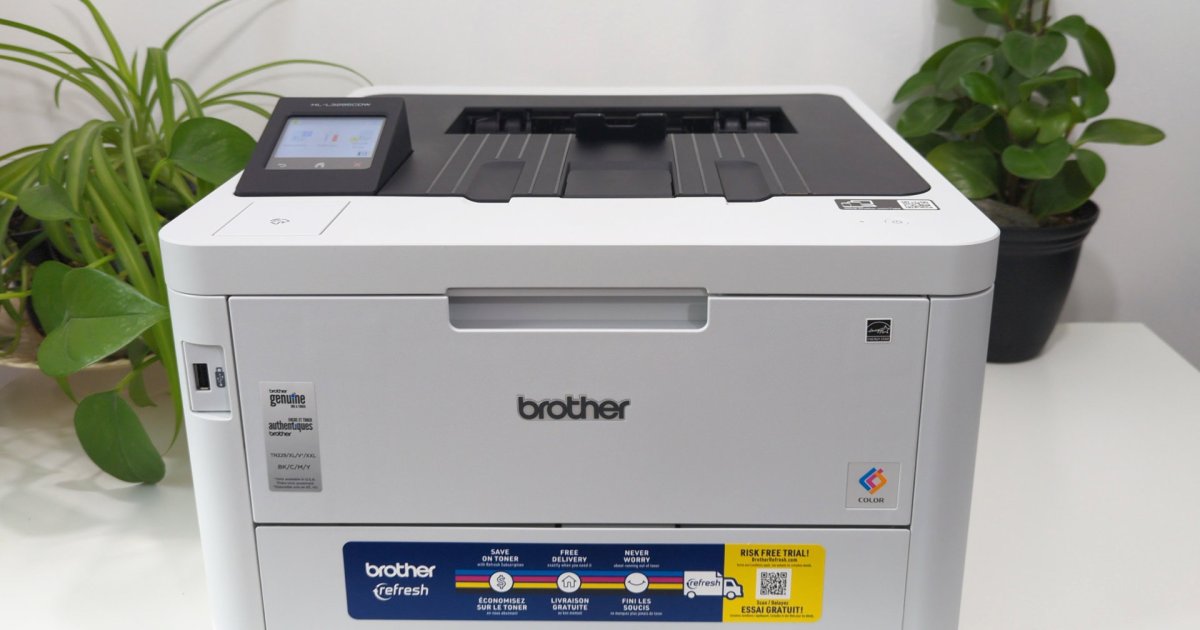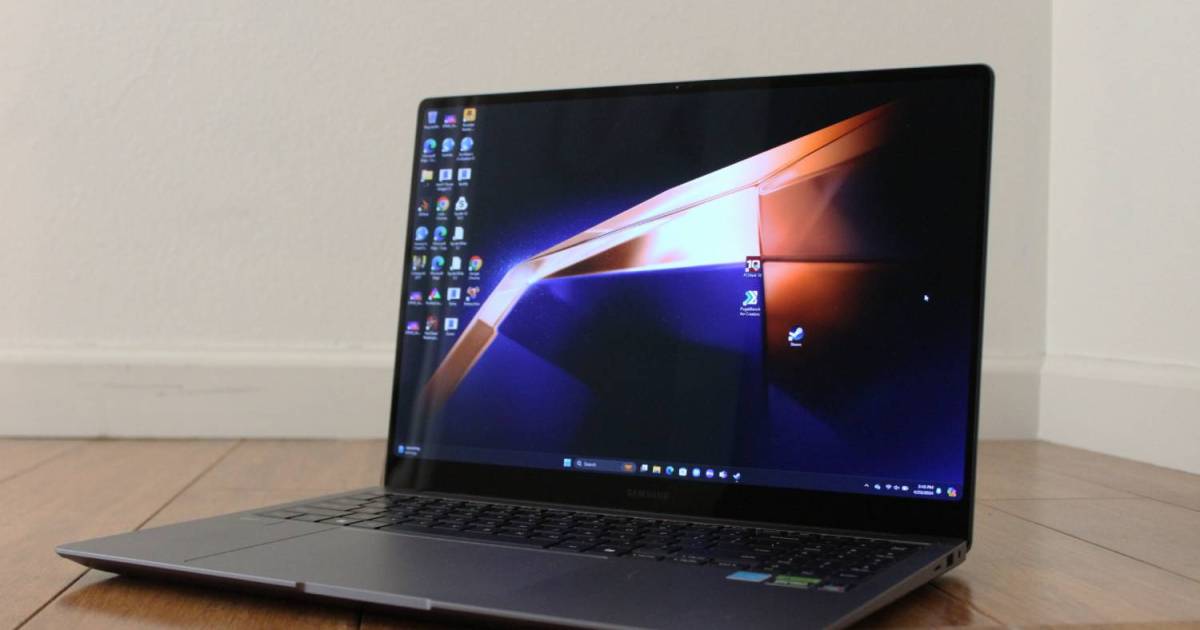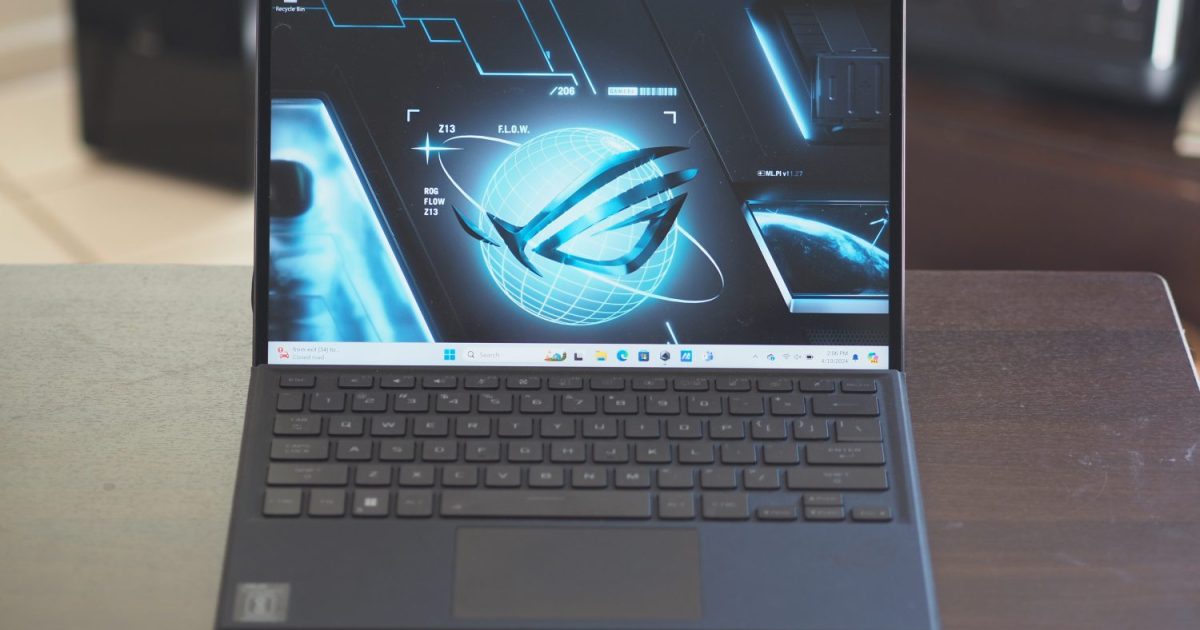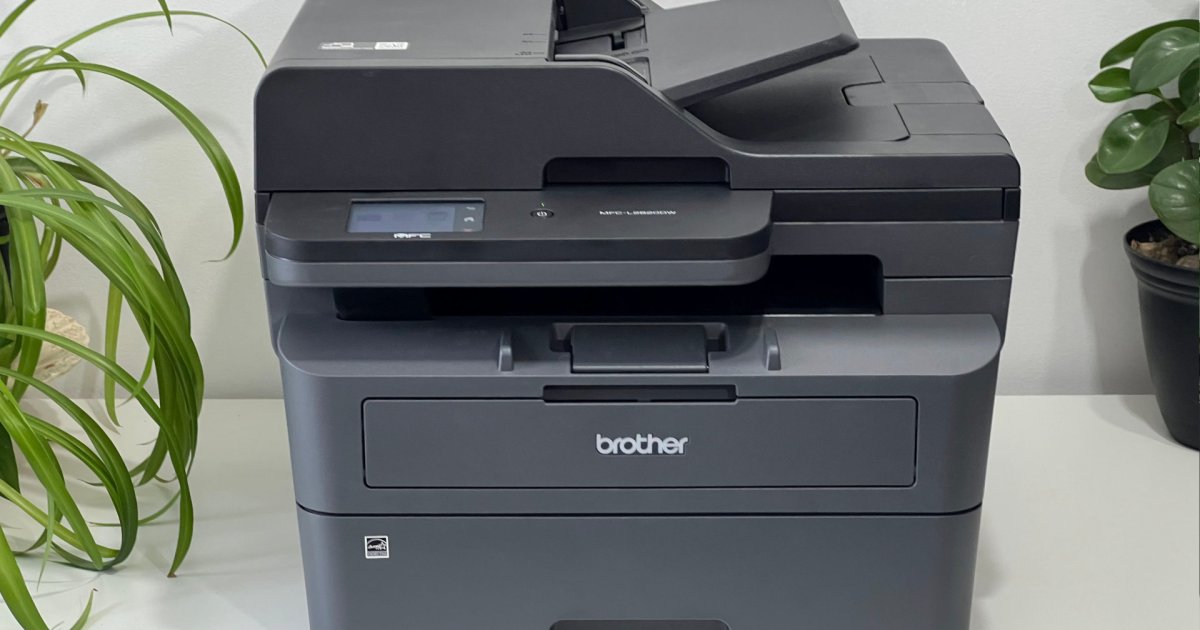Asus consistently delivers impressive laptops in the sub-$1,000 category, skillfully balancing design, performance, and build quality. The Zenbook 14 Q425 exemplifies this approach, offering Intel Meteor Lake processors and a vibrant OLED display at a competitive starting price of $800. While its resolution is a step down from the Zenbook 14 OLED (UX3405), the Q425’s exceptional battery life makes it a compelling choice for budget-conscious buyers.
Specifications and Configurations
| Feature | Asus Zenbook 14 Q425 |
|---|---|
| Dimensions | 12.30 x 8.67 x 0.59 inches |
| Weight | 2.82 pounds |
| Processor | Intel Core Ultra 5 125H / Intel Core Ultra 7 155H |
| Graphics | Intel Arc Graphics |
| RAM | 8GB / 16GB |
| Display | 14.0-inch 16:10 FHD+ (1920 x 1200) OLED Touch, 60Hz |
| Storage | 512GB SSD / 1TB SSD |
| Touchscreen | Yes |
| Ports | 2 x USB-C (Thunderbolt 4), 1 x USB-A 3.2 Gen 1, 1 x HDMI 2.1, 1 x 3.5mm Audio Jack |
| Wireless | Wi-Fi 6E, Bluetooth 5.3 |
| Webcam | 1080p with IR for Windows Hello |
| Operating System | Windows 11 |
| Battery | 75 watt-hours |
| Price | $800+ |
The Zenbook 14 Q is available in two configurations. The Q415 starts at $800, featuring an Intel Core Ultra 5 125H, 8GB of RAM, a 512GB SSD, and the 14-inch FHD+ OLED display. The reviewed Q425 model, priced at $1,050, boasts a Core Ultra 7 155H, 16GB of RAM, and a 1TB SSD. While the base model offers excellent value, the 8GB of RAM might be limiting for some users. The higher-end configuration provides ample resources for demanding workflows. Comparatively, the base MacBook Air M3 with a similar configuration costs $1,099, while a comparable high-end MacBook Air is $1,699. The Dell XPS 14 with equivalent specs but an IPS display starts at $1,799, with the OLED upgrade adding another $300.
Design and Build
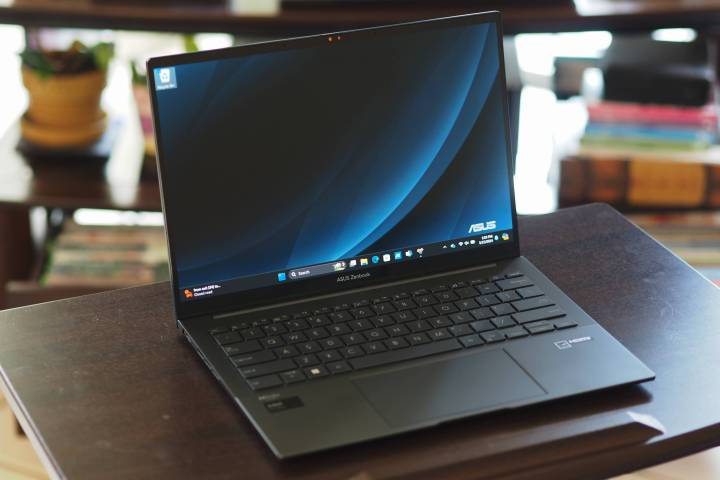 The Zenbook 14Q open on a table.Image: The Asus Zenbook 14 Q425 open, showcasing its sleek design.
The Zenbook 14Q open on a table.Image: The Asus Zenbook 14 Q425 open, showcasing its sleek design.
Asus consistently impresses with its build quality, and the Zenbook 14 Q425 is no exception. The aluminum chassis and lid are remarkably rigid, resisting bending and flexing. The hinge is equally robust, allowing for smooth one-handed opening and secure positioning. At 0.59 inches thick and 2.82 pounds, the Zenbook 14 Q425 is both thin and light, comparable to the MacBook Air. The thin bezels maximize screen real estate, resulting in a compact footprint. Aesthetically, the Q425 embraces minimalism with a dark gray finish and a subtle Asus logo.
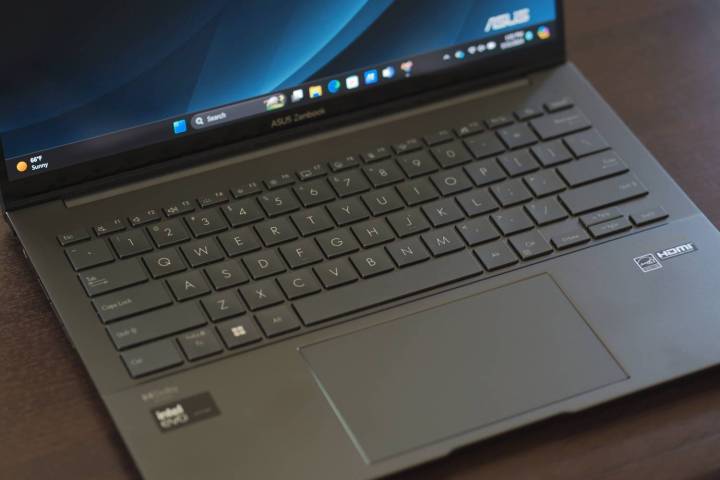 The keyboard of the Zenbook 14Q.Image: A close-up of the Zenbook 14Q’s keyboard, highlighting the spacious key layout.
The keyboard of the Zenbook 14Q.Image: A close-up of the Zenbook 14Q’s keyboard, highlighting the spacious key layout.
The keyboard offers comfortable keycaps, ample spacing, and light, snappy switches. While not quite matching the MacBook Air’s Magic Keyboard, typing on the Zenbook 14 Q425 is a pleasant experience. The mechanical touchpad is well-sized, though the clicks could be quieter.
Connectivity
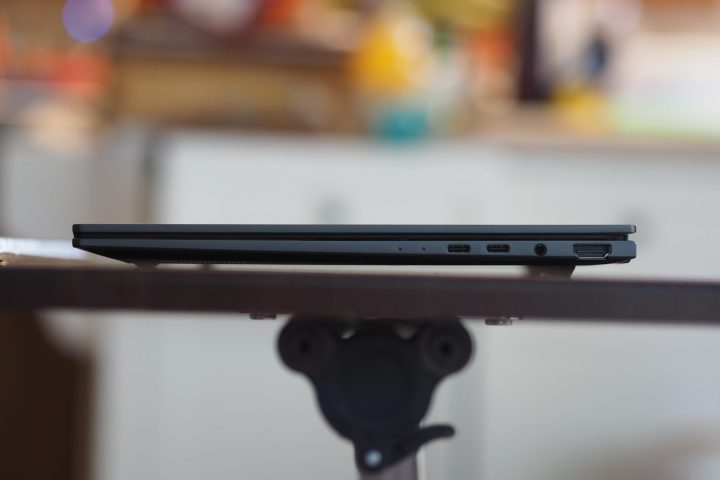 Asus Zenbook 14 Q425 right side view showing ports and vents.Image: Right side view of the Zenbook 14 Q425, displaying available ports and vents.
Asus Zenbook 14 Q425 right side view showing ports and vents.Image: Right side view of the Zenbook 14 Q425, displaying available ports and vents.
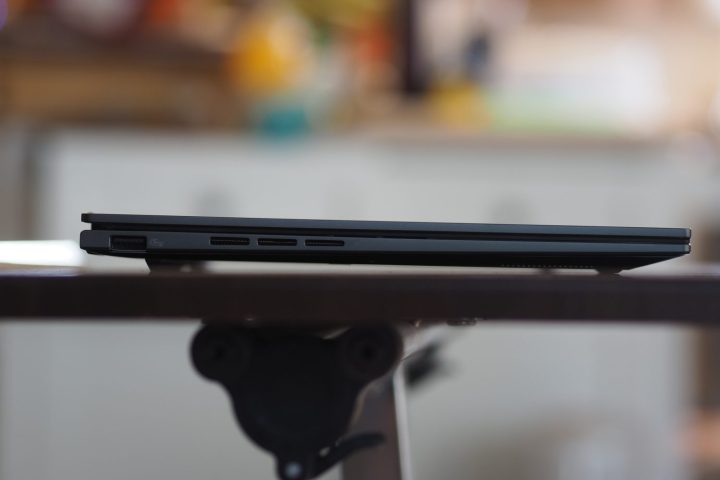 Asus Zenbook 14 Q425 left side view showing ports and vents.Image: Left side view of the Zenbook 14 Q425, showcasing additional ports and vents.
Asus Zenbook 14 Q425 left side view showing ports and vents.Image: Left side view of the Zenbook 14 Q425, showcasing additional ports and vents.
The Zenbook 14 Q425 provides a good selection of ports, including Thunderbolt 4 and legacy connections. While an SD card reader is missing, the inclusion of both USB-C and USB-A ports enhances versatility. Wi-Fi 6E and Bluetooth 5.3 offer solid wireless performance.
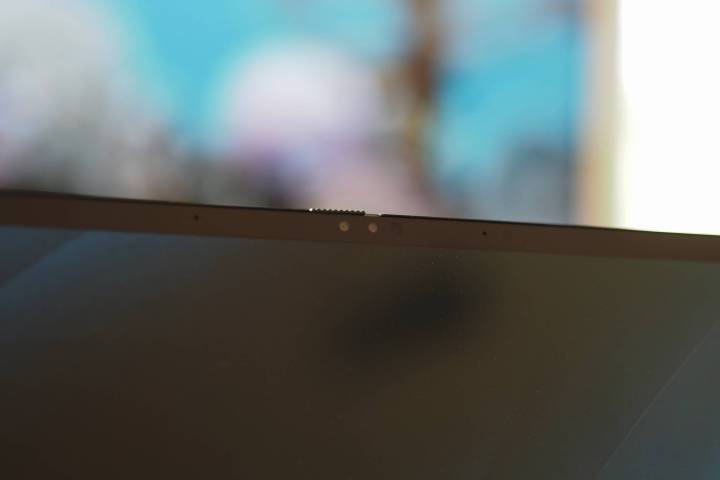 The webcam on the Zenbook 14Q.Image: The Zenbook 14Q’s webcam, featuring a privacy shutter.
The webcam on the Zenbook 14Q.Image: The Zenbook 14Q’s webcam, featuring a privacy shutter.
The 1080p webcam with IR support for Windows Hello facial recognition and a privacy shutter ensures secure and convenient logins. Asus incorporates features like AiSense ambient light sensor and 3D noise reduction to enhance video conferencing. Leveraging the Meteor Lake chipset’s NPU, the Zenbook 14 Q425 can utilize Microsoft Studio Effects for improved video call experiences.
Performance and Battery Life
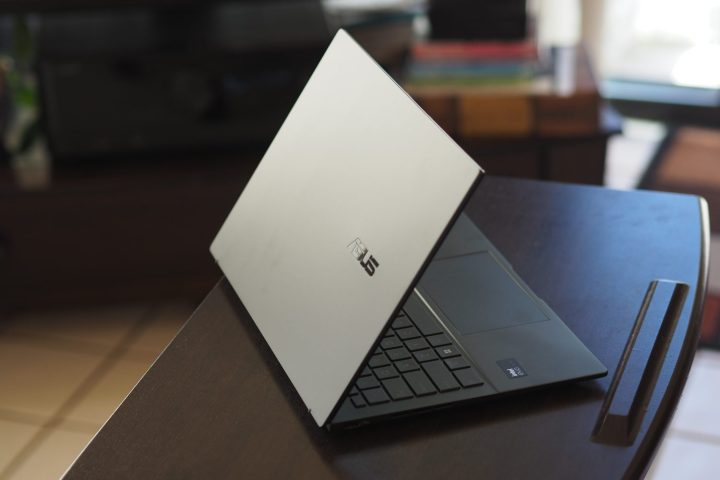 Asus Zenbook 14 Q425 rear view showing lid and logo.Image: Rear view of the closed Zenbook 14 Q425, highlighting the lid design and Asus logo.
Asus Zenbook 14 Q425 rear view showing lid and logo.Image: Rear view of the closed Zenbook 14 Q425, highlighting the lid design and Asus logo.
The reviewed Core Ultra 7 155H model delivered strong CPU performance comparable to other laptops with the same chipset. It handled demanding productivity tasks with ease, and while the fans were audible under load, they remained relatively quiet. The integrated Intel Arc graphics offer a noticeable improvement over previous Intel integrated solutions, though they are still not suitable for demanding gaming or content creation. The Zenbook 14 Q425’s standout feature is its exceptional battery life, thanks to the large 75-watt-hour battery and the FHD+ display. In our tests, it achieved impressive results, lasting approximately 12.5 hours for web browsing and an astounding 18 hours for video playback.
Display and Audio
While the Zenbook 14 Q425’s FHD+ OLED display is not as sharp as the 2.8K panels found on some other Zenbooks, it still offers excellent color accuracy and contrast. The 60Hz refresh rate is standard for this price range, though higher refresh rates are becoming more common. The lower resolution and refresh rate likely contribute to the laptop’s impressive battery life. The audio quality, delivered by downward-firing speakers, is surprisingly good, offering decent volume and clarity, particularly at moderate volume levels.
Conclusion
The Asus Zenbook 14 Q425 provides a compelling blend of performance, battery life, and build quality at a competitive price. While the display resolution is a compromise, the long battery life and efficient performance make it an excellent choice for users seeking an affordable and portable laptop for everyday productivity.



